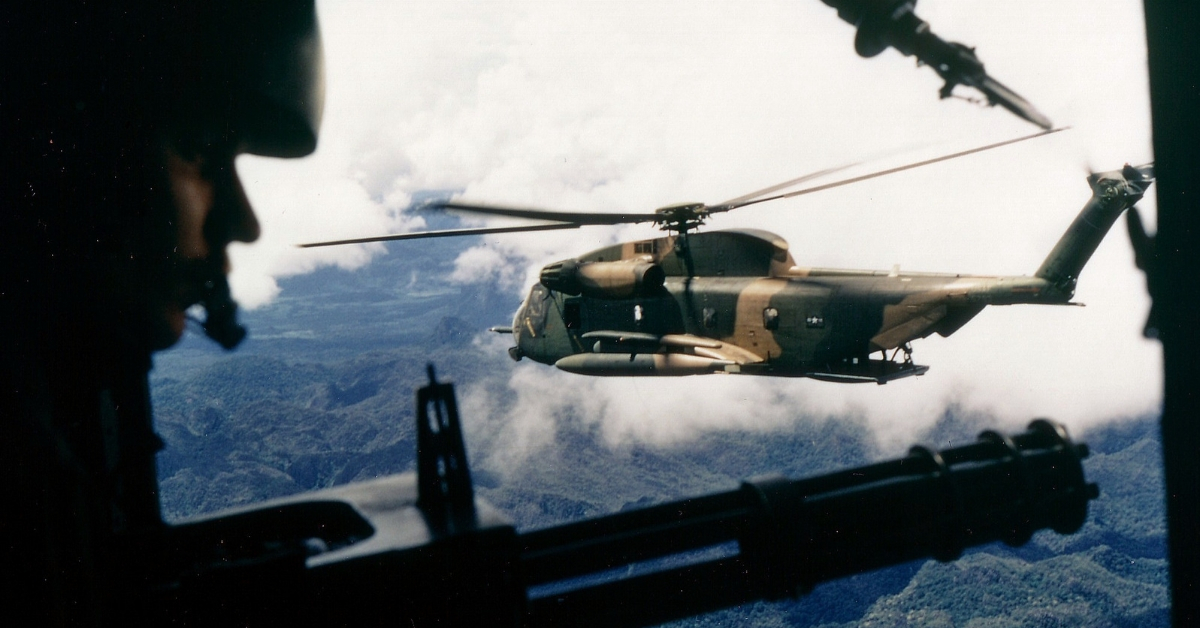It is often said that greater love hath no man than he who gives his life for his friends. That sentiment is the reason why a soldier will throw himself on a grenade to save another, or a Marine will race across a gunfire swept beachhead to retrieve a wounded comrade. In many instances the courageous attempt is successful, but just as often it is not. The character of a man is seen in the going, the risking, and the doing.
A Naval Start
Gerald Young was born on May 19, 1930, in Chicago as America was heading into the Great Depression. Having watched families struggle during that time followed by America’s involvement in WWII perhaps Young thought it best to get an early start on a career in the services. In 1947, aged just 17, he enlisted in the US Navy and was trained to be an Aviation Electrician’s Mate. Discharged in 1952 Young found civilian life was not his cup of tea. In 1955 he re-enlisted and in 1956 was accepted into the US Air Force Aviation Cadet program.
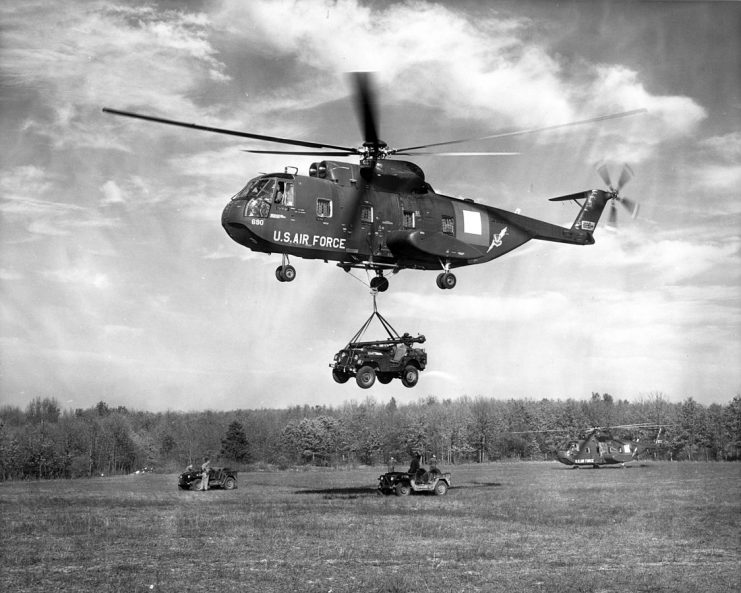
Young first worked as a pilot in support of atomic weapons testing in the Marshall Islands before being sent to work with the Strategic Missile Command. After a series of other postings, by 1965 he was in Vietnam with the Aerospace Rescue and Recovery Squadron flying out of Da Nang. There he took to the skies in over 60 combat missions in his HH-3E Jolly Green Giant 26 helicopter, rescuing downed pilots and transporting troops.
It was on one such mission that Young’s willingness to risk all to save those in need earned him a place in military history. The jungles of Vietnam were perilous for rescue pilots. The mountains and hills provided excellent vantage points for ambush and gunfire while the forests covered and obscured their location. It was a regular occurrence when attempting a rescue to go in under enemy fire. If a pilot took to the skies out of a hot LZ without taking some damage, it was a lucky day.
Young would see the worst of it.
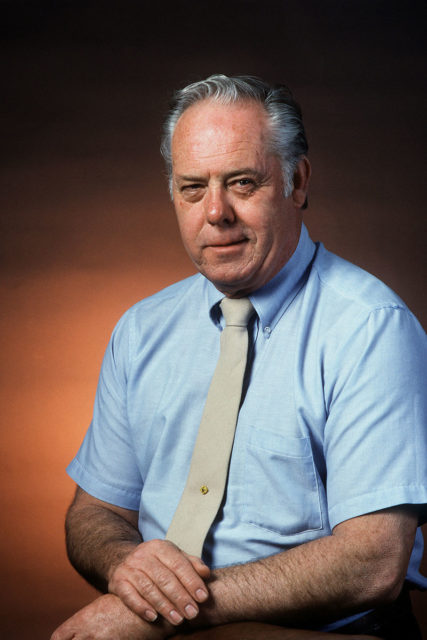
A Hot Landing Zone
On the night of November 8, 1967, Young and another Jolly Green Giant helicopter, Jolly 29, were dispatched to extract the survivors of a US Army Special Forces reconnaissance team from Laos. The area was a hot LZ surrounded by a battalion of North Vietnamese troops. The special forces team were on the side of a hill, under heavy gunfire and wounded. Two helicopters had previously made attempts to rescue the men, and both had been shot down. Young and his crew were willing to risk their lives to give it a chance.
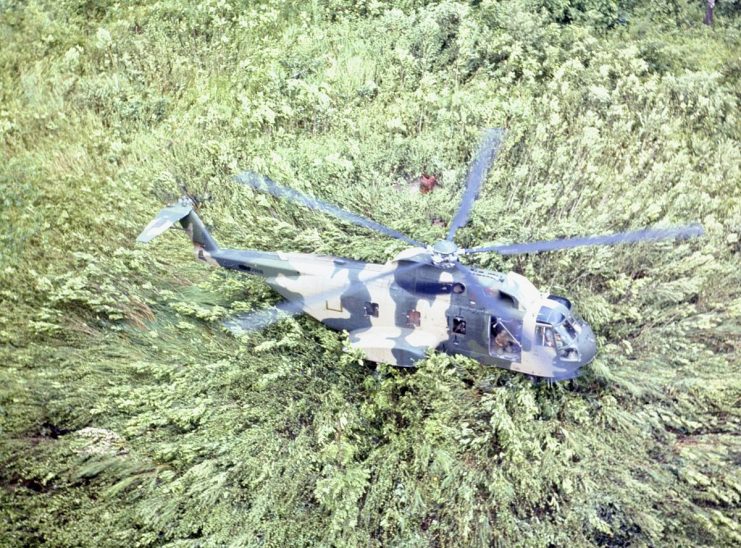
Jolly 29 descended through the enemy automatic weapons gunfire and collected three of the beleaguered team while Young circled overhead. However, the firing became too intense, and if any were to be saved, the helicopter had to take off. The pilot of Jolly 29 advised calling off any further attempt as the risk was too great. Young insisted on giving it a go. Hovering low enough for his para-rescueman, Larry Maysey, to jump from the craft they made their attempt. Maysey ran down a steep slope and retrieved the two men, but their ordeal was far from over.
As the helicopter began to ascend, an enemy soldier emerged from the jungle and fired a rocket-propelled grenade striking the number one engine. The aircraft exploded and skidded down the deep ravine. Only Young and one other man survived the crash. Despite both men being severely burned, Young rendered aid as best he could, and the next part of their journey began.
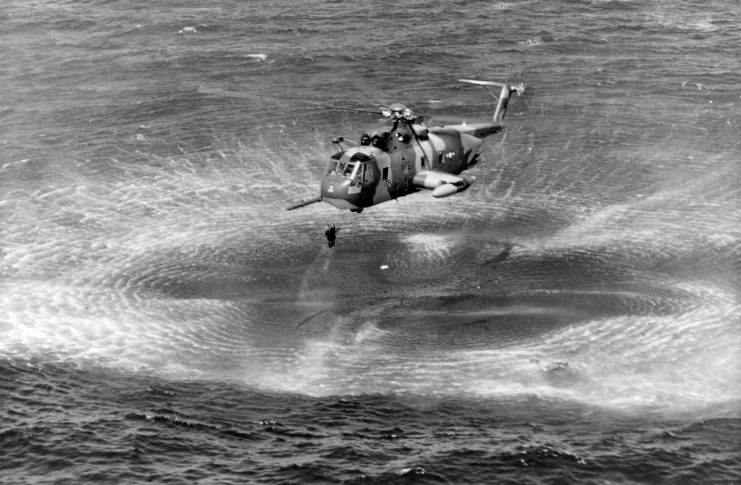
Evade and Escape
While happy to be alive, their position deep inside enemy territory meant they had no time to celebrate. Young aided his wounded comrade through the jungle as the North Vietnamese began their search for any survivors. As they began to close in on the men, Young concealed the wounded soldier and then proceeded to lure the enemy away from him. Moving through the jungle, and in severe pain from his burns, Young continued to evade the enemy for over 17 hours. At one stage he declined a rescue attempt because he had seen the North Vietnamese soldiers setting up an ambush to trap a rescue aircraft.
Eventually, when the area was more secure, both men were rescued due to the courage of Gerald Young. For his actions that day, he was awarded the Medal of Honor. More than giving a life for a friend, Young was willing to risk his life for strangers he had never met but who were brothers in arms. Para-rescueman Larry Maysey was posthumously awarded the Air Force Cross for his role in the rescue.
Both men lived up to the highest traditions of the US military and displayed heroism in the face of desperate odds.
